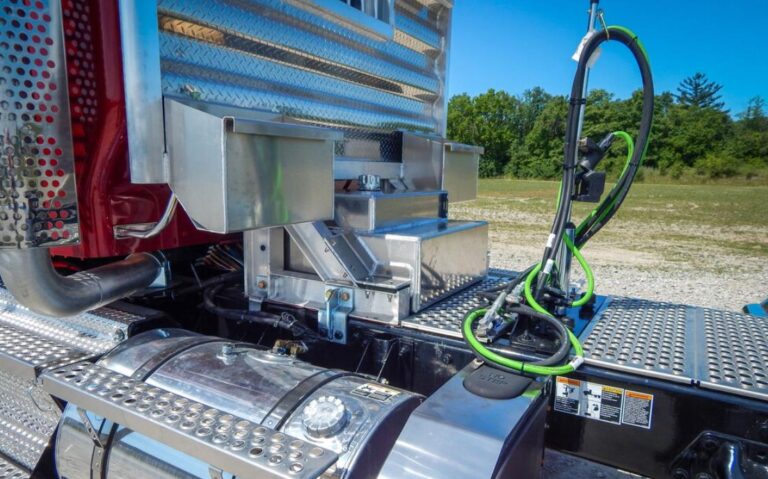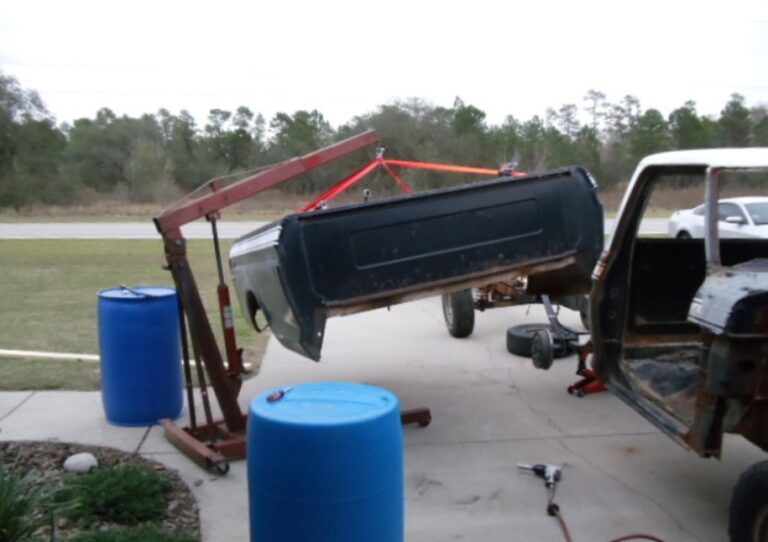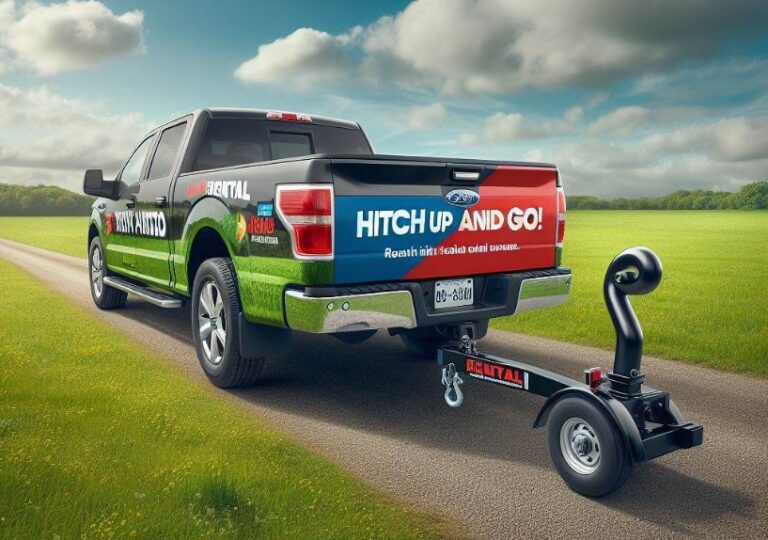What Are Truck Retarders? A Complete Breakdown
Have you ever wondered What Are Truck Retarders? Truck retarders are an essential yet often overlooked component in the world of trucking. These systems play a critical role in enhancing the safety and efficiency of trucks. In this article, we will delve into what truck retarders are, how they work, and why they are indispensable for modern trucks.
Key Takeaways
- Truck retarders are supplementary braking systems that enhance vehicle safety and efficiency.
- Various types of retarders exist, including exhaust brake retarders, hydraulic retarders, and electric retarders.
- Choosing the right retarder depends on factors like truck type, operating conditions, and maintenance requirements.
What Are Truck Retarders?
Truck retarders are braking systems that serve as a supplement to the standard brakes on a truck. They are designed to control the speed of the vehicle without overusing the main service brakes. This helps in reducing wear and tear on the primary braking system, thereby enhancing the truck’s overall safety and lifespan.
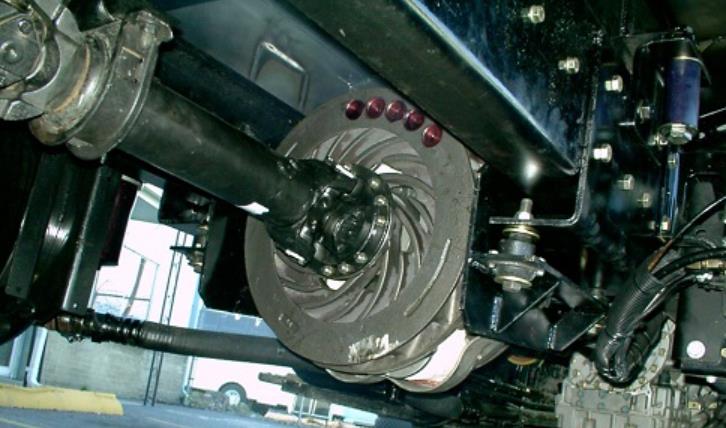
Types of Truck Retarders
There are several types of retarders, each with its unique working mechanism and benefits:
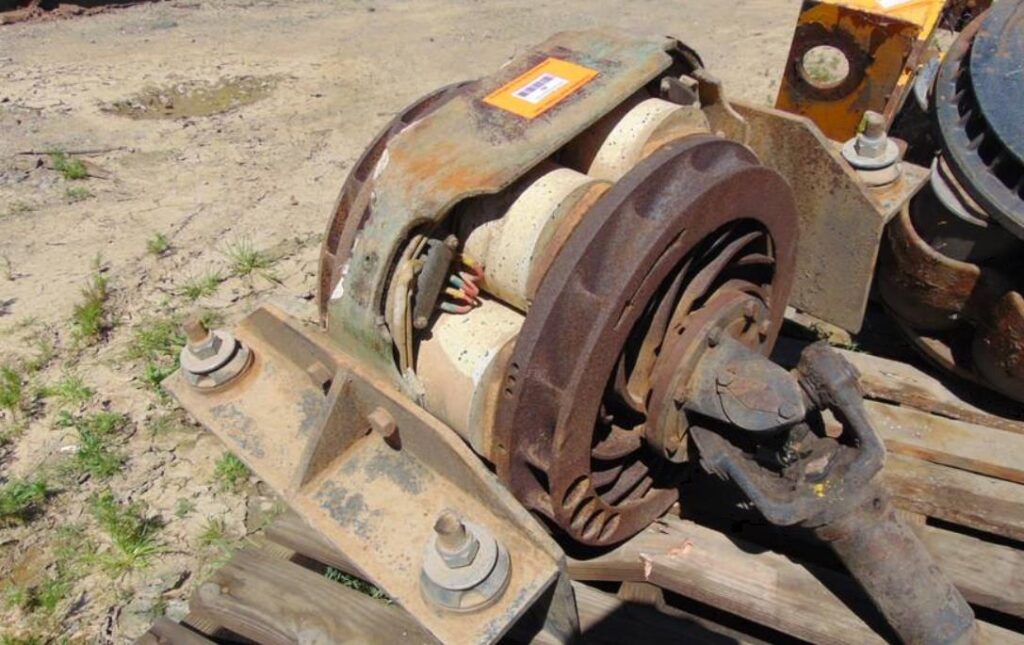
Exhaust Brake Retarders
These retarders use the engine’s exhaust gases to create back pressure, which slows down the engine’s rotation and controls the truck’s speed.
Hydraulic Retarders
Operating based on fluid dynamics, hydraulic retarders consist of a rotor and a stator. The resistance created in an oil-filled chamber slows down the vehicle.
Electric Retarders
These retarders use electromagnetism to create resistance against a metal disc connected to the drivetrain, thereby controlling the truck’s speed.
Benefits of Using Truck Retarders
Retarders offer several advantages, including:
Increased Safety
They provide additional braking power, especially useful on steep descents, reducing the risk of brake failure.
Cost Efficiency
Retarders reduce the frequency of brake replacements, lowering maintenance costs.
Improved Vehicle Lifespan
By reducing wear on the main brakes, retarders extend the lifespan of the truck.
Choosing the Right Retarder for Your Truck
Selecting an appropriate retarder involves considering factors like:
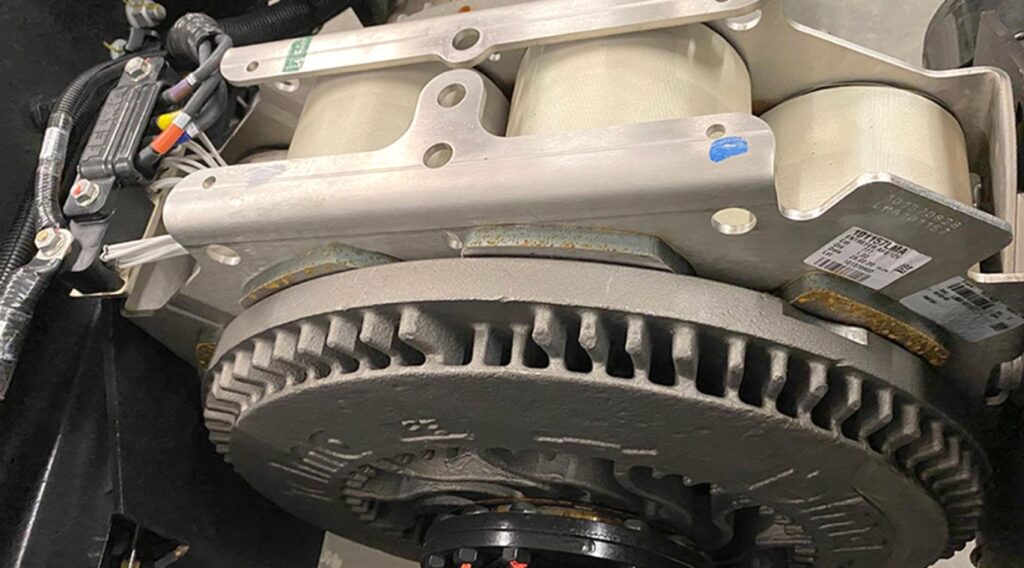
Type of Truck
The size, weight, and type of your truck are crucial considerations.
Operating Conditions
The environment in which you drive your truck also plays a role.
Maintenance and Costs
Different retarders come with different maintenance needs and costs.
Maintaining Your Truck’s Retarder
Regular maintenance is essential for optimal performance. Tips include:
Regular Inspection
Check for signs of damage or wear.
Clean and Lubricate
Keep your retarder clean and well-lubricated.
Professional Servicing
Periodic professional servicing is recommended.
Advanced Insights into Truck Retarders
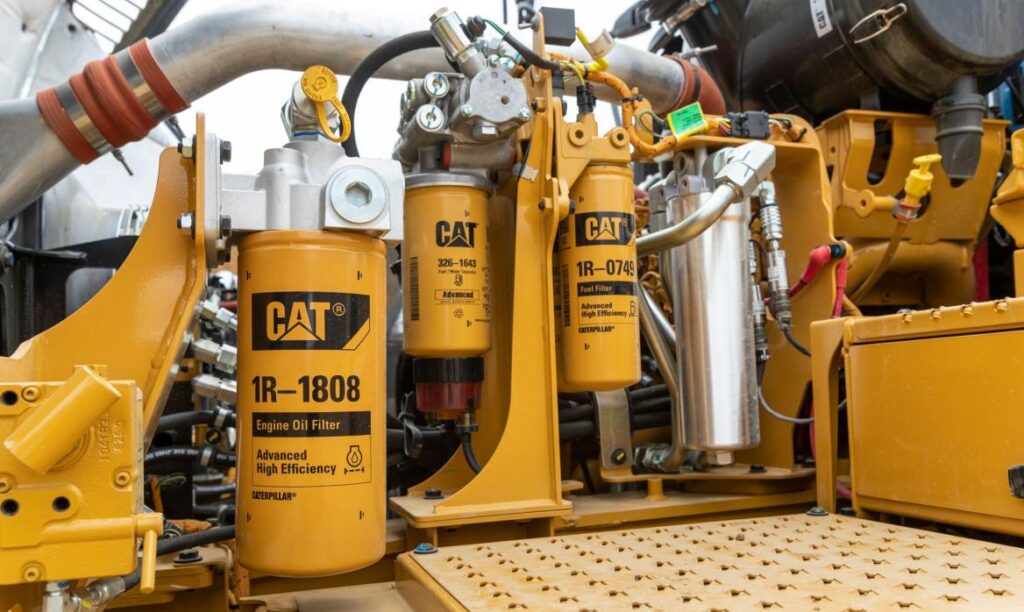
Mechanics Behind Retarders
Understanding the mechanics behind retarders can offer insights into their efficiency and suitability for specific applications.
Compression Release Engine Braking
Also known as “Jake brake,” this system opens the cylinder exhaust valves when the piston reaches the top dead center, venting the accumulated compressed air. This action turns the engine into an air compressor, slowing down the vehicle.
Turbocharger Retarders
These retarders work by reducing the intake manifold pressure at high engine speeds. By retarding the turbocharger, the system prevents excessive stress associated with opening the exhaust valves near the top dead center of engine compression strokes.
Applications Beyond Road Vehicles
Retarders are not confined to road vehicles; they are also used in railway systems. For instance, the British prototype Advanced Passenger Train used hydraulic retarders to allow high-speed stopping.
Railway Retarders
These retarders are specially designed to meet the requirements of railway systems, offering an alternative to pure friction-based systems.
Modern Advancements
Electric Retarders
Electric retarders use electromagnetic induction to provide a retardation force. They are extremely quiet and efficient, requiring no working fluid.
Regenerative Braking Systems
These systems use electrical retardation to assist mechanical brakes while recycling the energy back into the vehicle’s battery.
Safety Measures and Regulations
Understanding the safety measures and regulations surrounding the use of retarders is crucial.
Noise Regulations
Some retarders, especially engine brakes, can be noisy. Therefore, their use is restricted in certain areas.
Efficiency Tests
Type 2A tests are required to certify the engine brake efficiency.
When Should You Not Use Retarders?
Retarders are generally used to slow down heavy vehicles, especially when going downhill. However, they are not recommended for use in certain conditions.
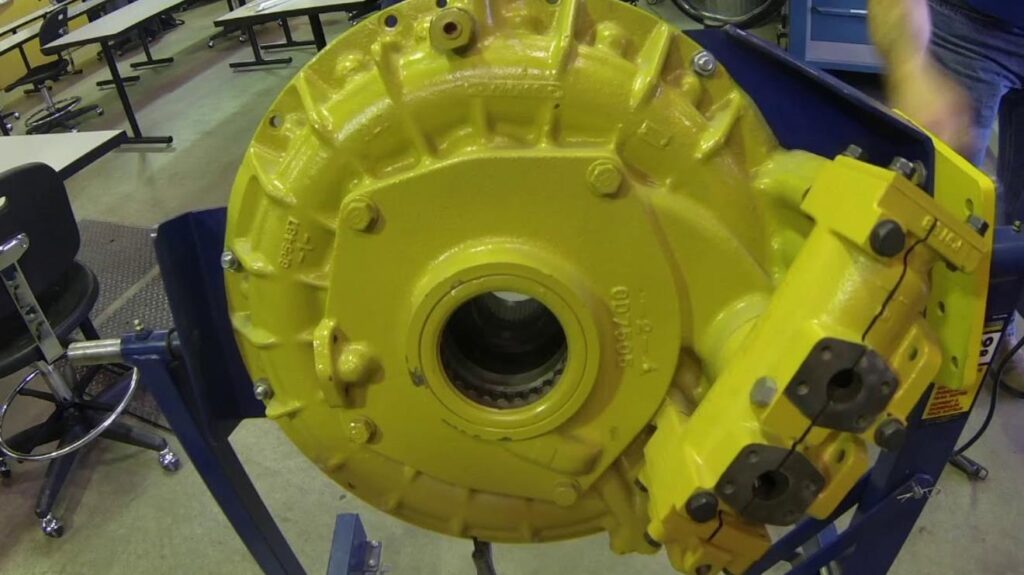
For instance, when the road is slippery due to rain or ice, using a retarder can cause the vehicle’s wheels to skid, leading to a loss of control. It’s also advisable not to use retarders when the vehicle has poor traction with the road surface.
Why Are Engine Retarders Prohibited?
Engine retarders, often known as Jake brakes, are prohibited in some areas primarily because of the noise they generate. In residential areas, the use of engine retarders can be highly disruptive. Moreover, some cities have banned them to reduce noise pollution.
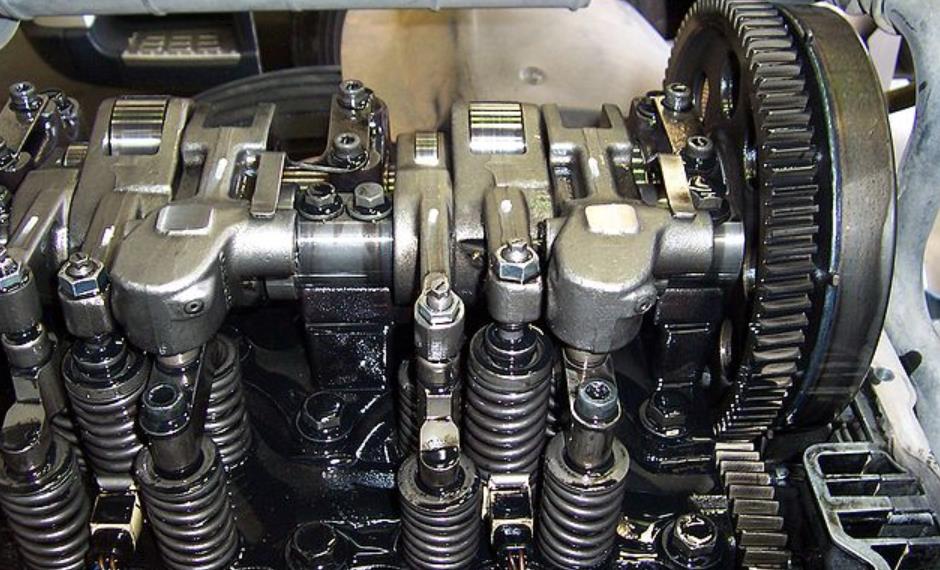
The trucking industry has a strong lobby, making it difficult to enforce such bans universally. However, it’s worth noting that the noise can be mitigated with proper muffling, but restrictions still exist.
Is Retarder The Same As Engine Brake?
No, a retarder and an engine brake (Jake brake) are not the same, although they serve similar purposes. An engine brake uses compressive forces in the engine to slow down the vehicle. On the other hand, a retarder uses drag force on the driveline or transmission to achieve the same effect.
Engine brakes are more commonly used in the United States and are known for being loud. Retarders are more popular in Europe and are generally quieter. Both systems aim to slow down the vehicle without using the service brakes, thus preventing excessive brake wear and overheating.
Conclusion
In the ever-evolving landscape of vehicle technology, truck retarders continue to play a pivotal role. From their mechanics to modern advancements and applications beyond road vehicles, understanding retarders can significantly impact your choice and usage.
Top FAQ’s
How Do Retarders Work?
Retarders work by restricting airflow through the engine, creating resistance that decelerates the truck. They are not designed to replace traditional brakes but to work in conjunction with them.
Are Retarders Legal?
Retarders are legal in most jurisdictions. However, some areas have restrictions on their usage, making it crucial for truck drivers to familiarize themselves with local regulations.
Can All Trucks Have Retarders Installed?
Not all trucks are equipped with retarders from the factory. However, they can often be retrofitted onto vehicles that lack them.
Are Retarders Suitable for All Road Conditions?
Retarders are beneficial in various road conditions, including downhill descents and wet or slippery surfaces. However, they should be used judiciously and adjusted according to the conditions to avoid skidding.

Welcome to the exhilarating world of Matt Rex, a professional car racer turned renowned vehicle enthusiast. Immerse yourself in his captivating blog as he shares heart-pounding adventures, expert reviews, and valuable insights on cars, trucks, jets, and more. Fuel your passion for speed and discover the beauty of vehicles through Matt’s engaging stories and meticulous expertise. Join the ever-growing community of enthusiasts who find inspiration and expert advice in Matt Rex’s blog—a digital hub where the thrill of speed meets the pursuit of knowledge.

